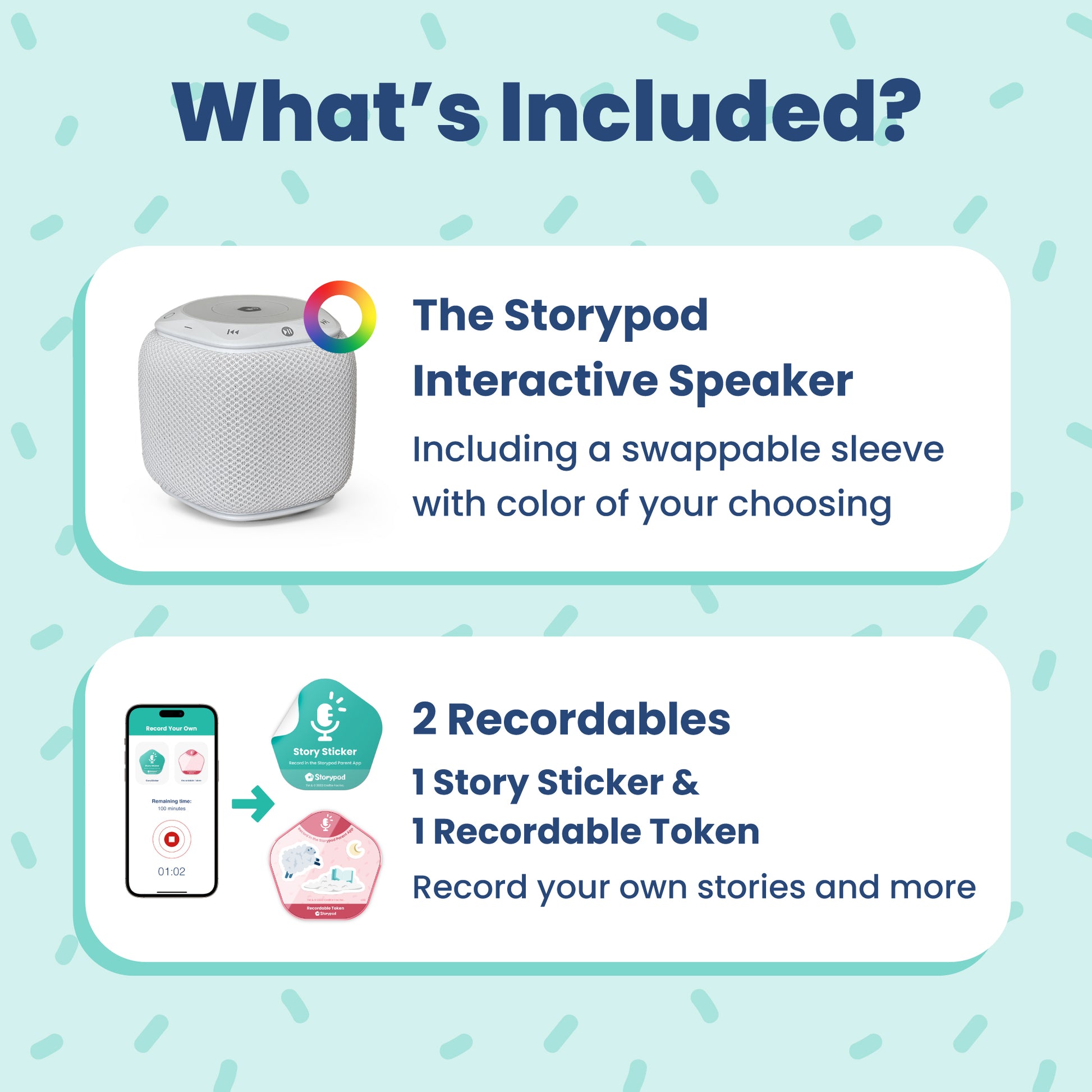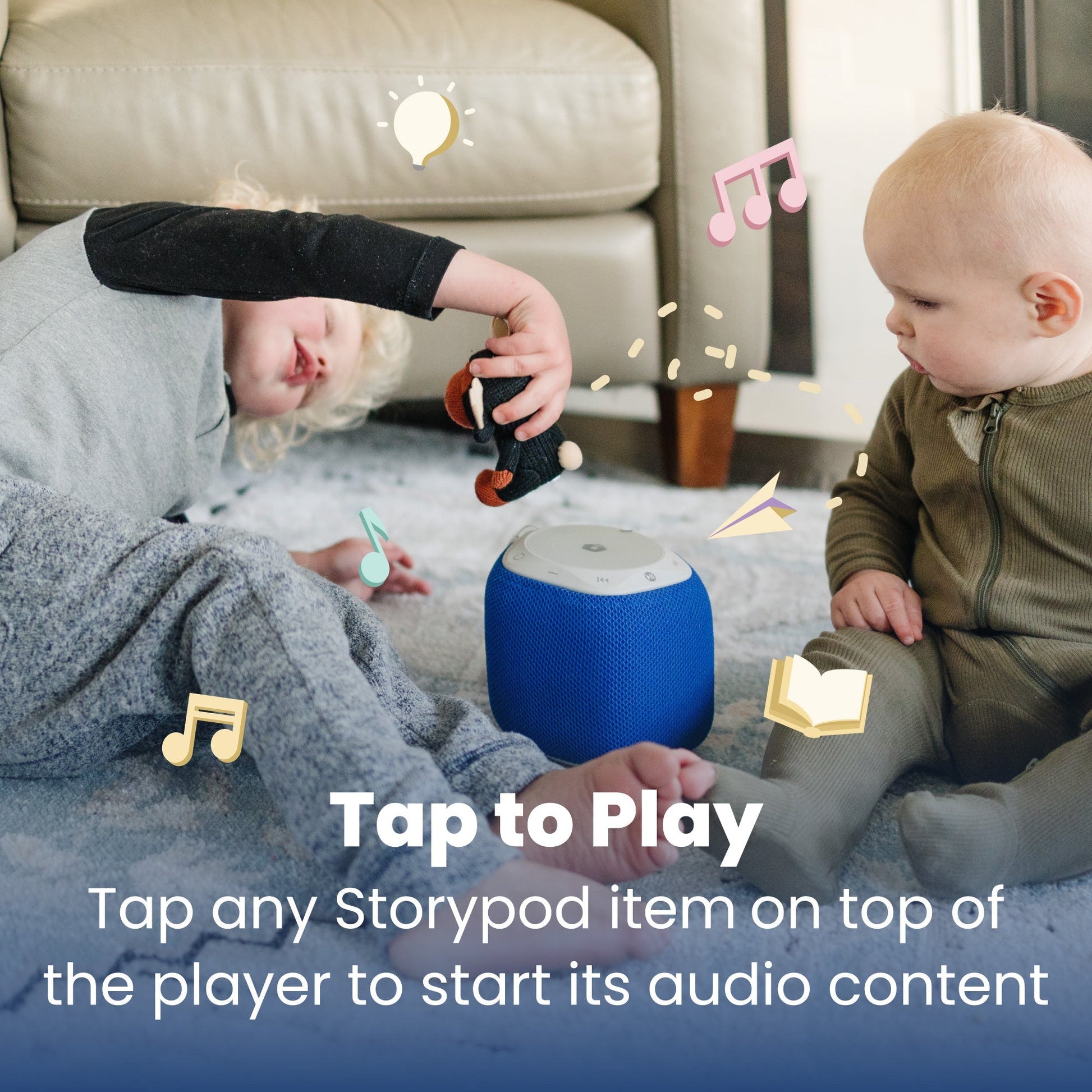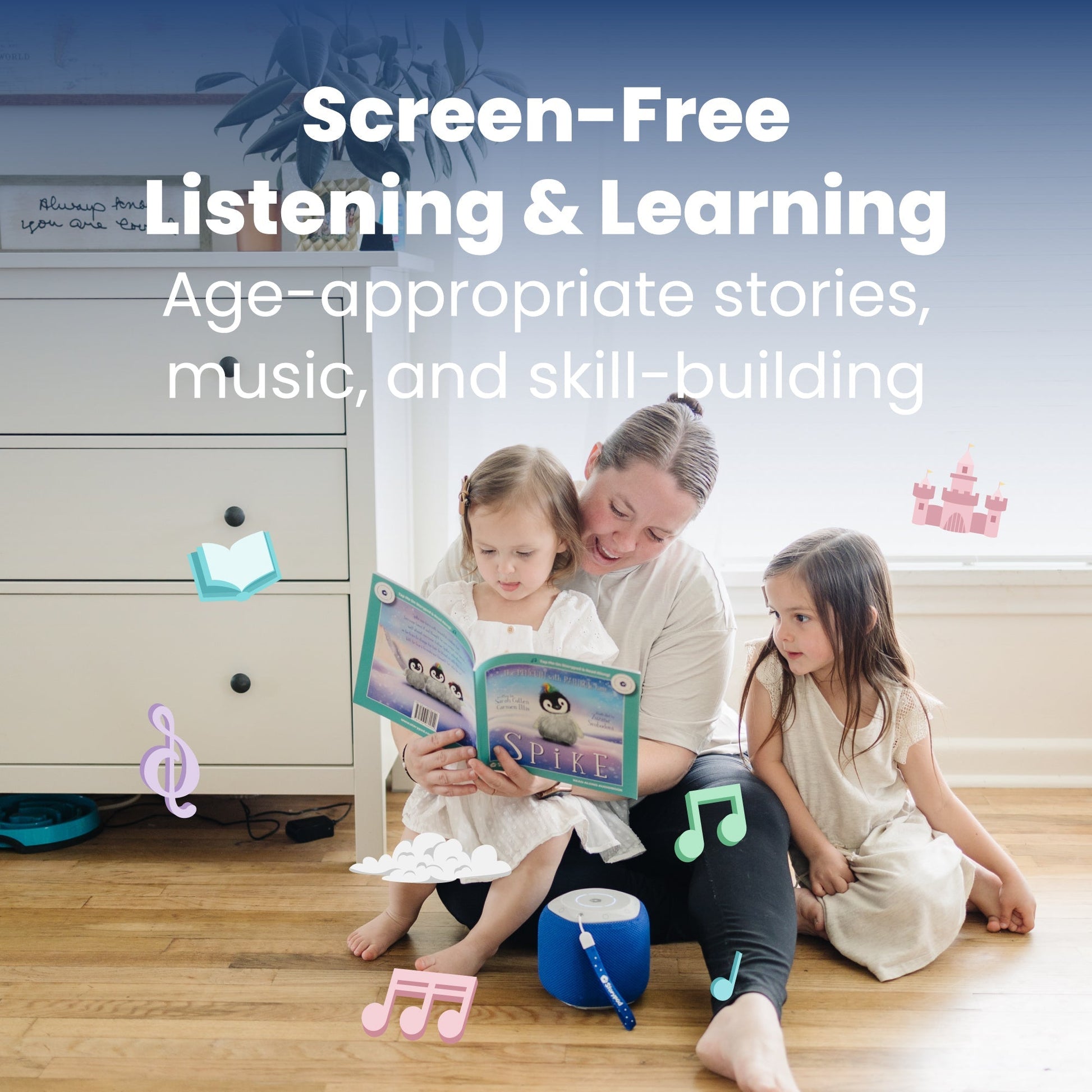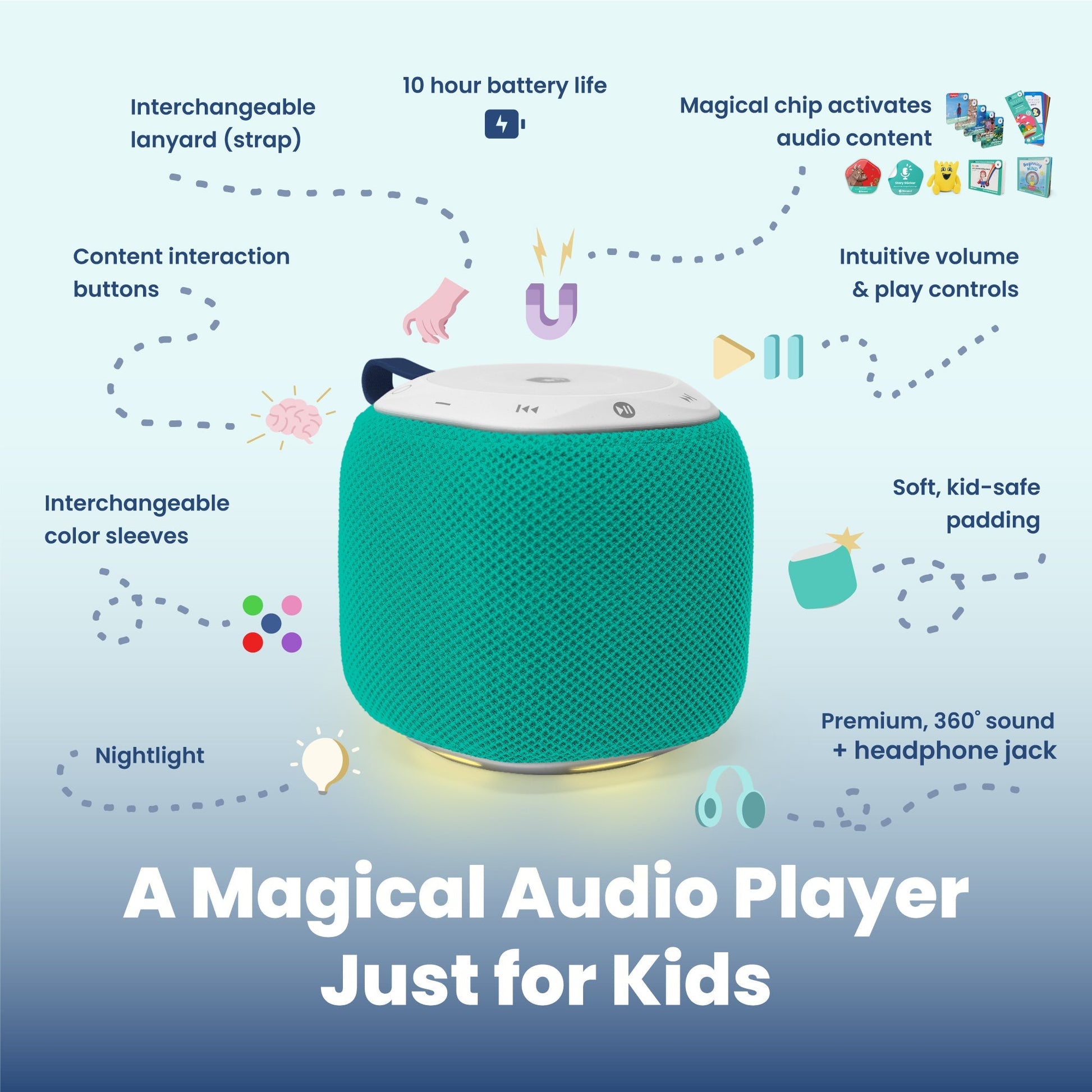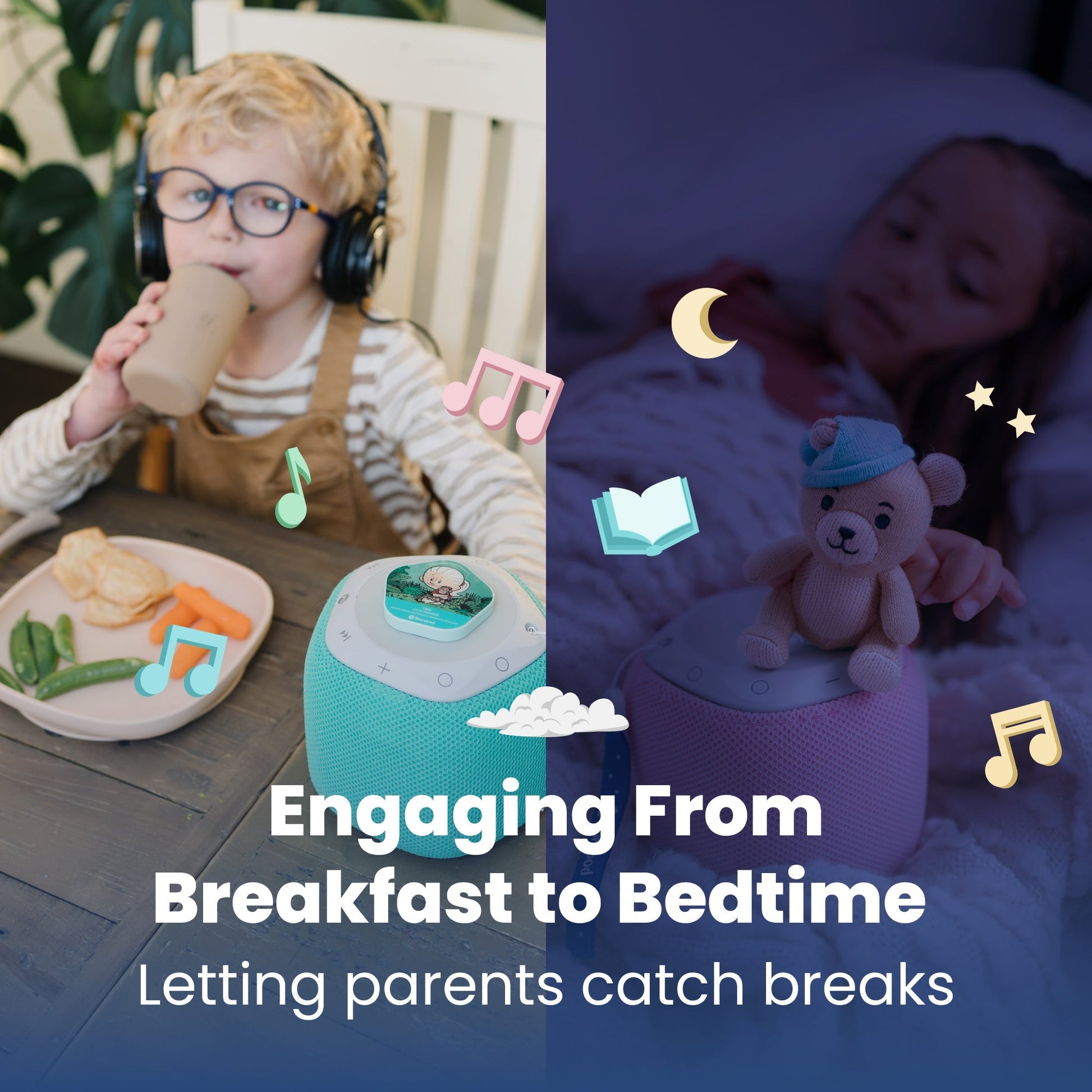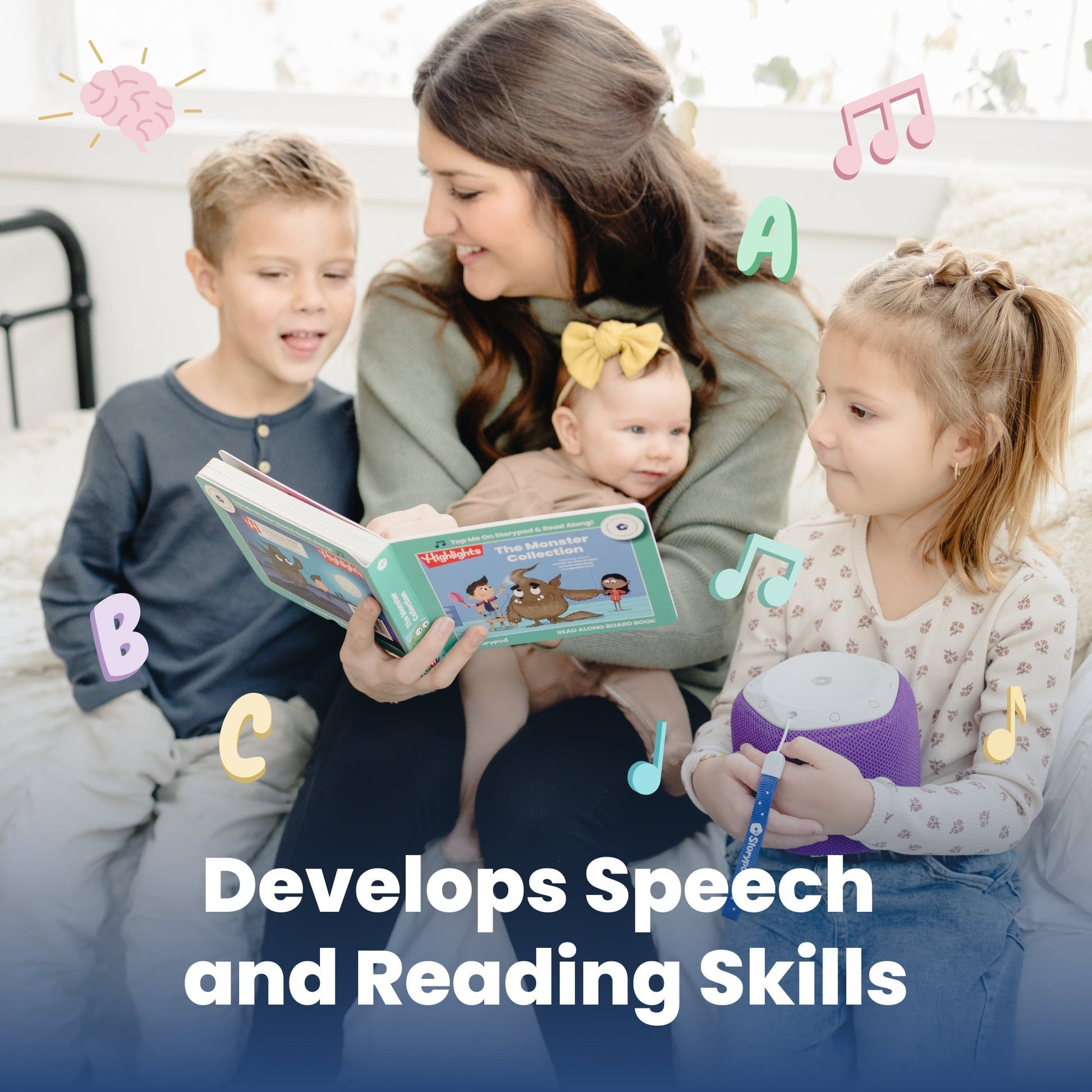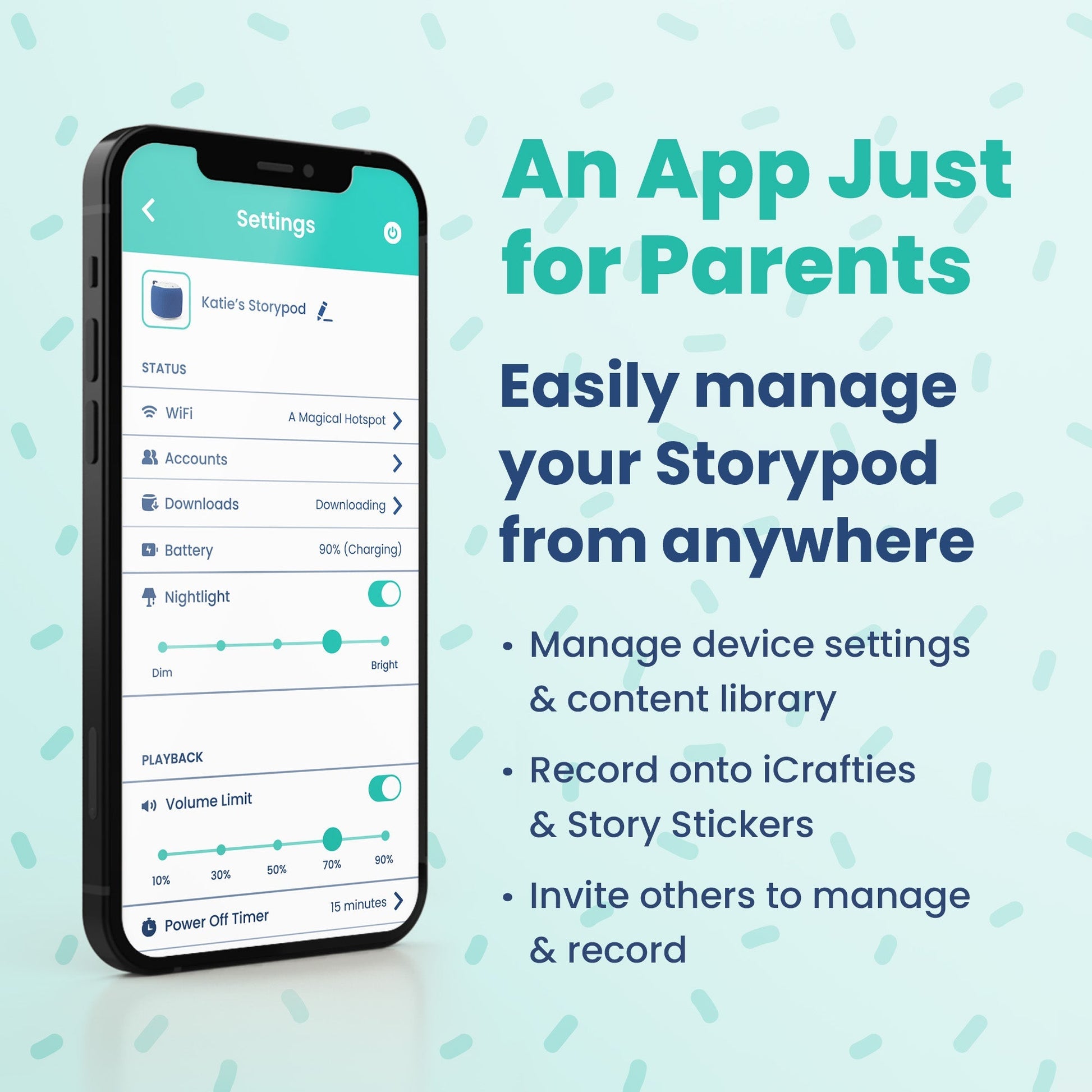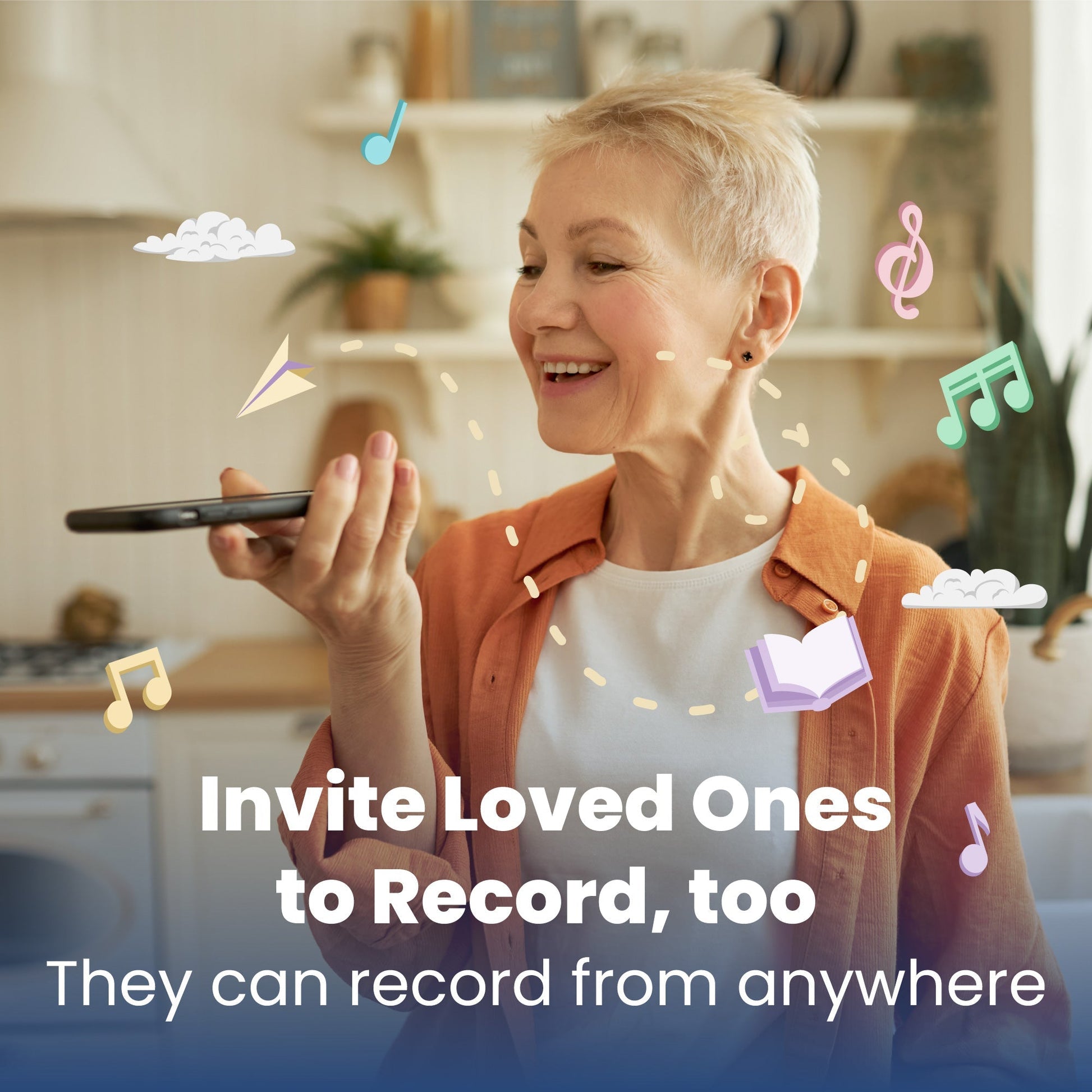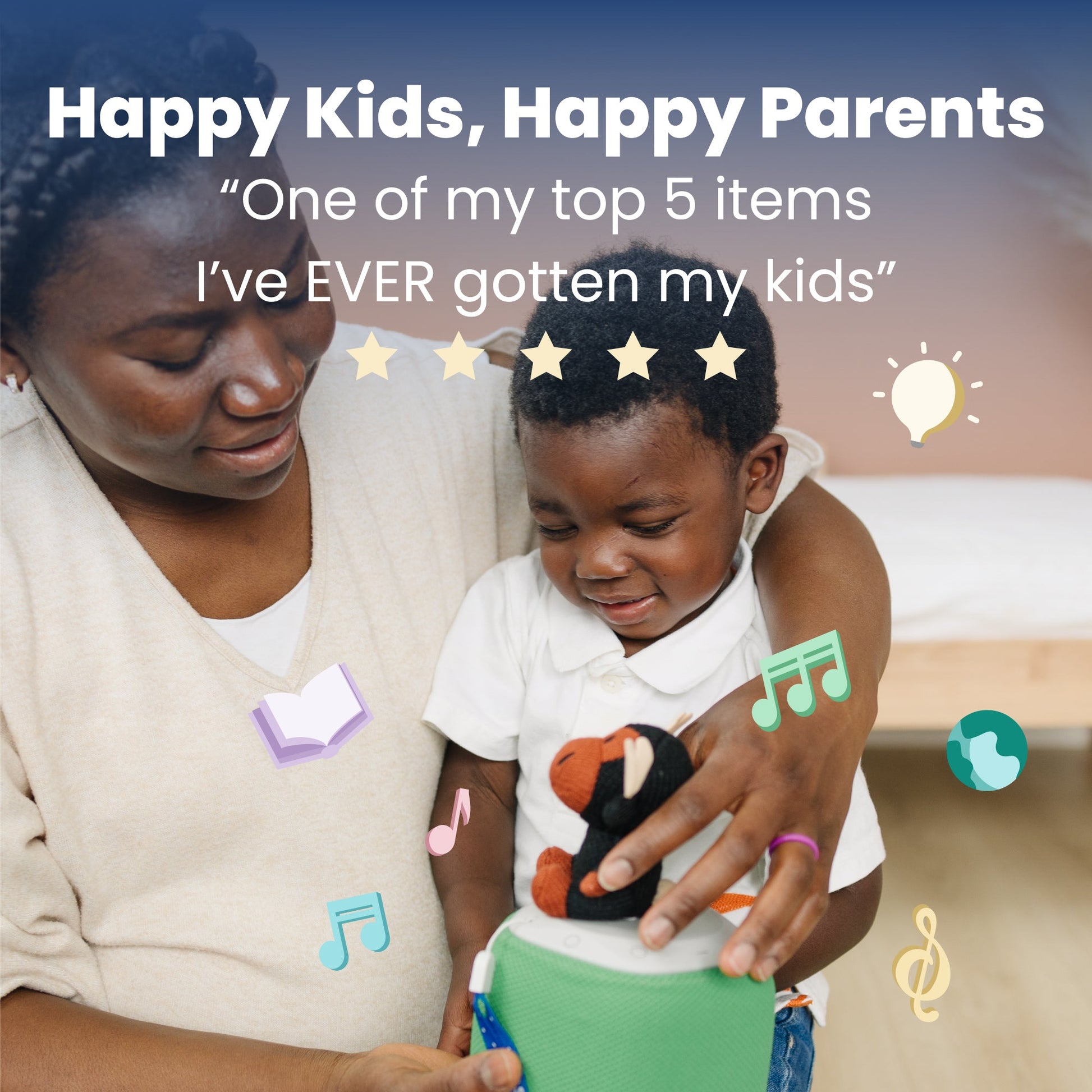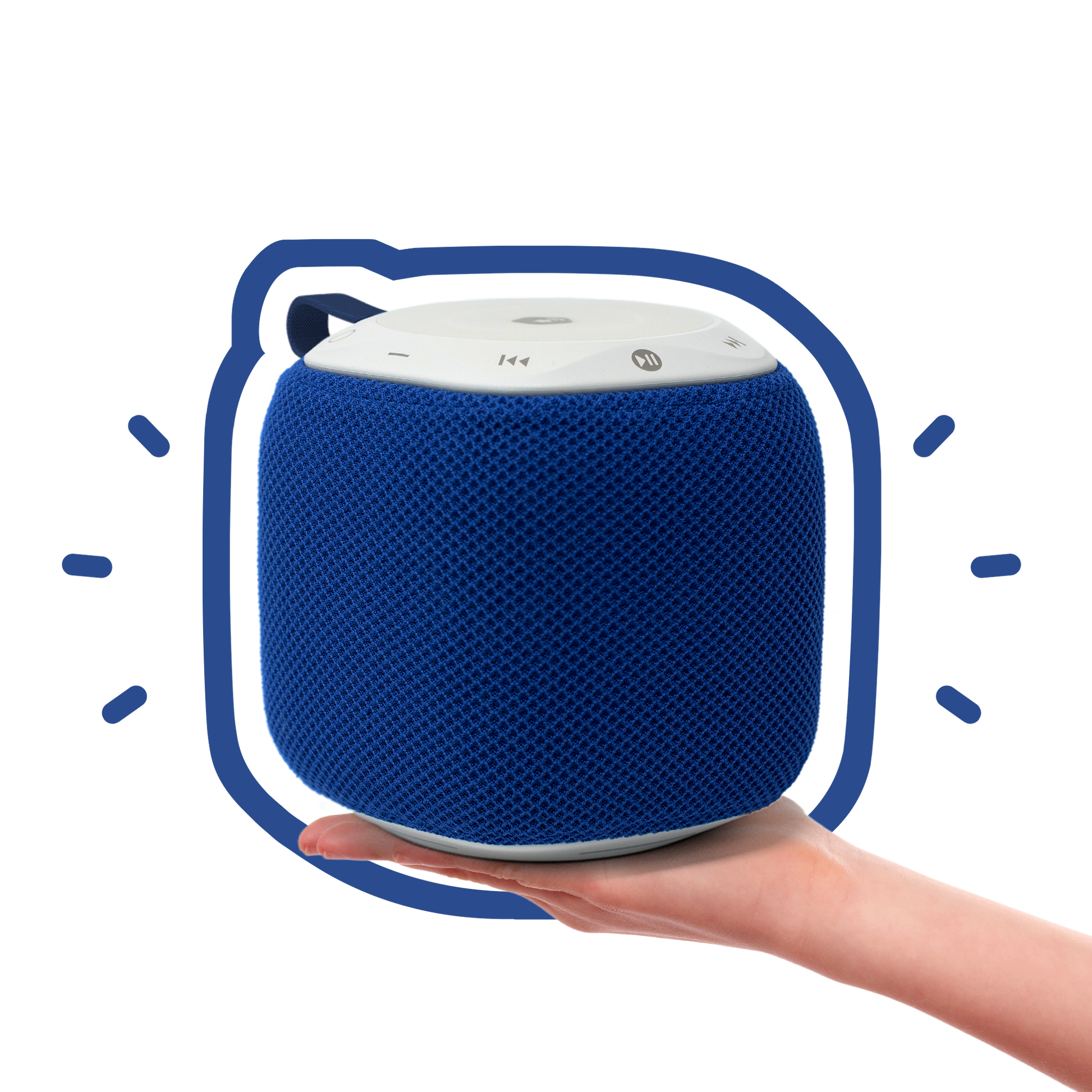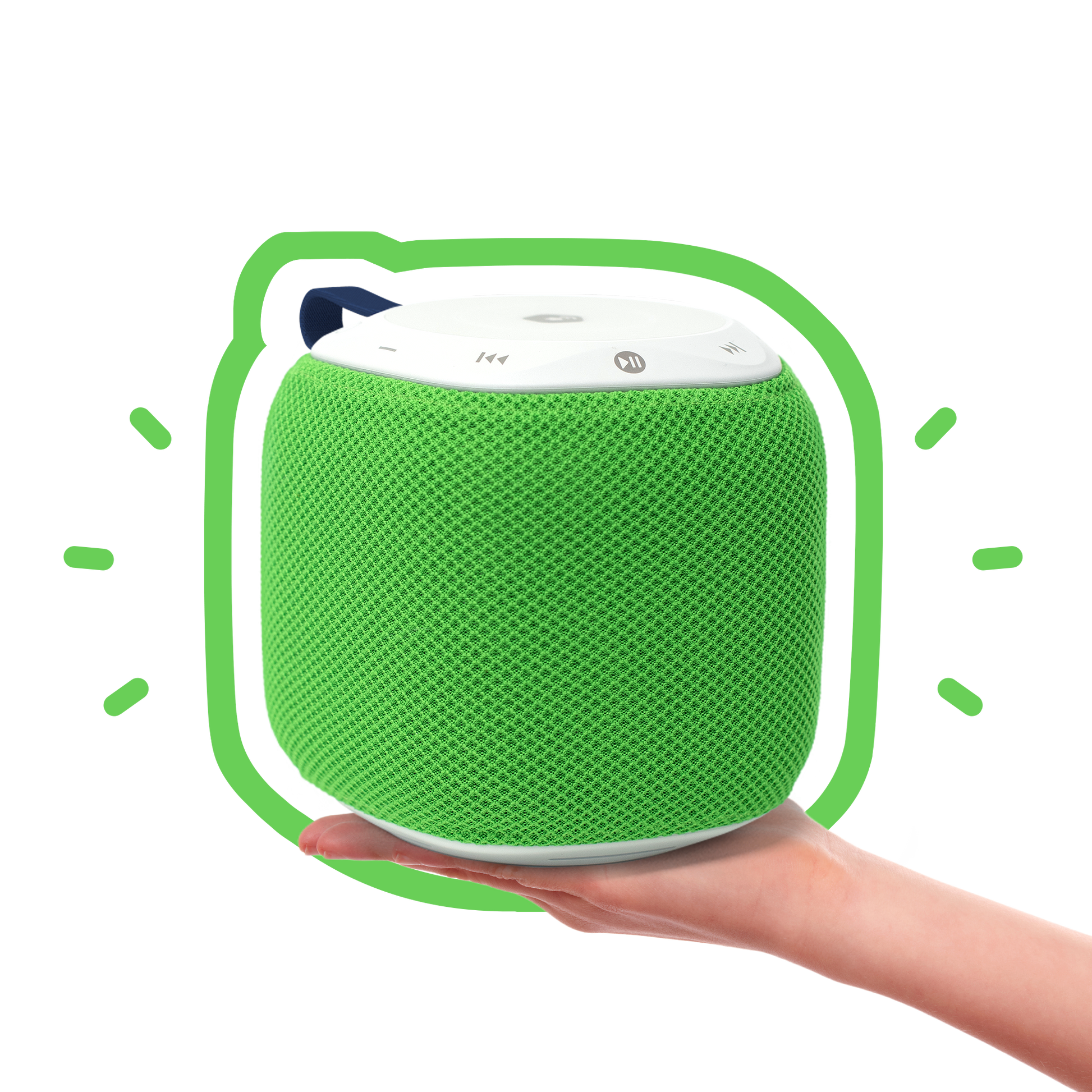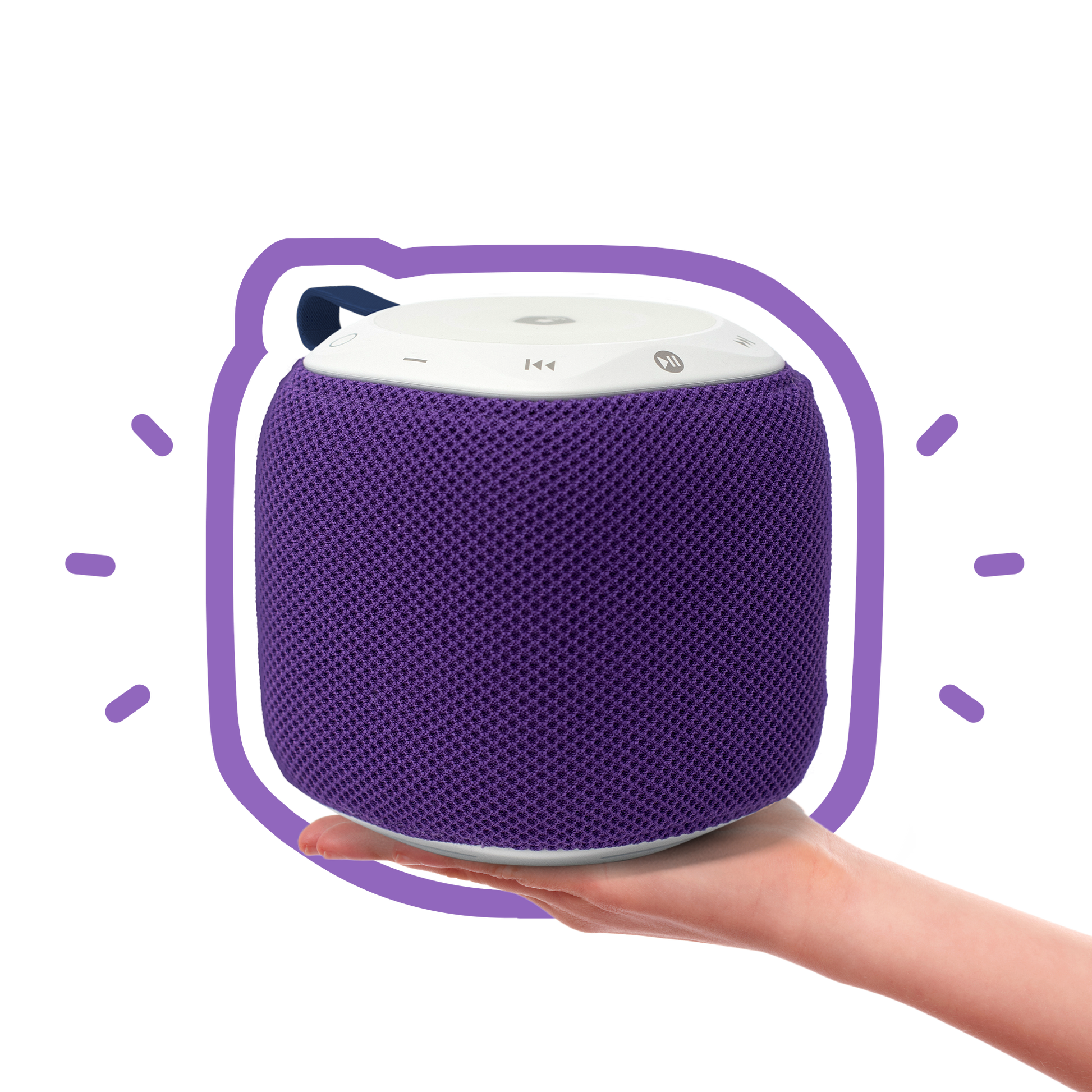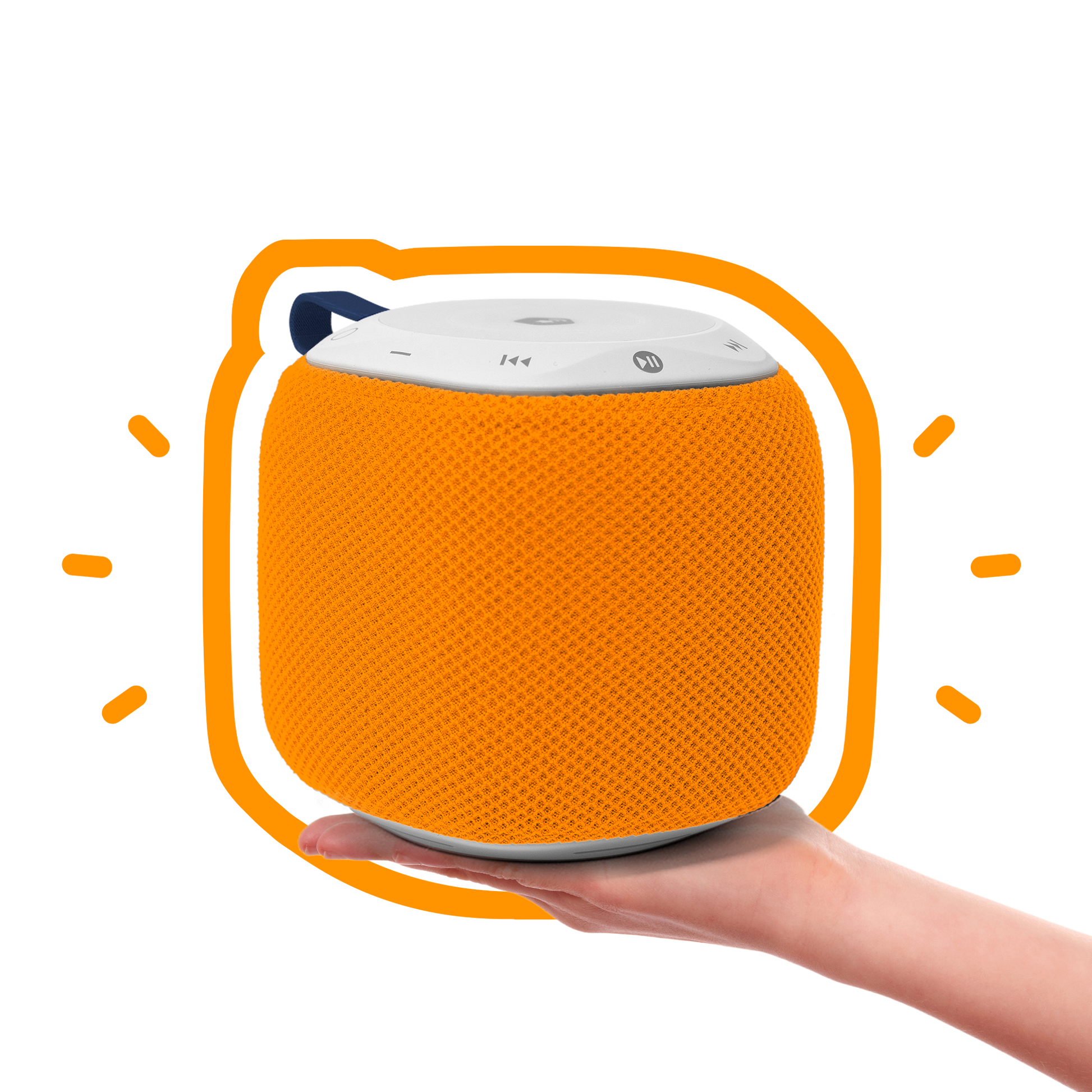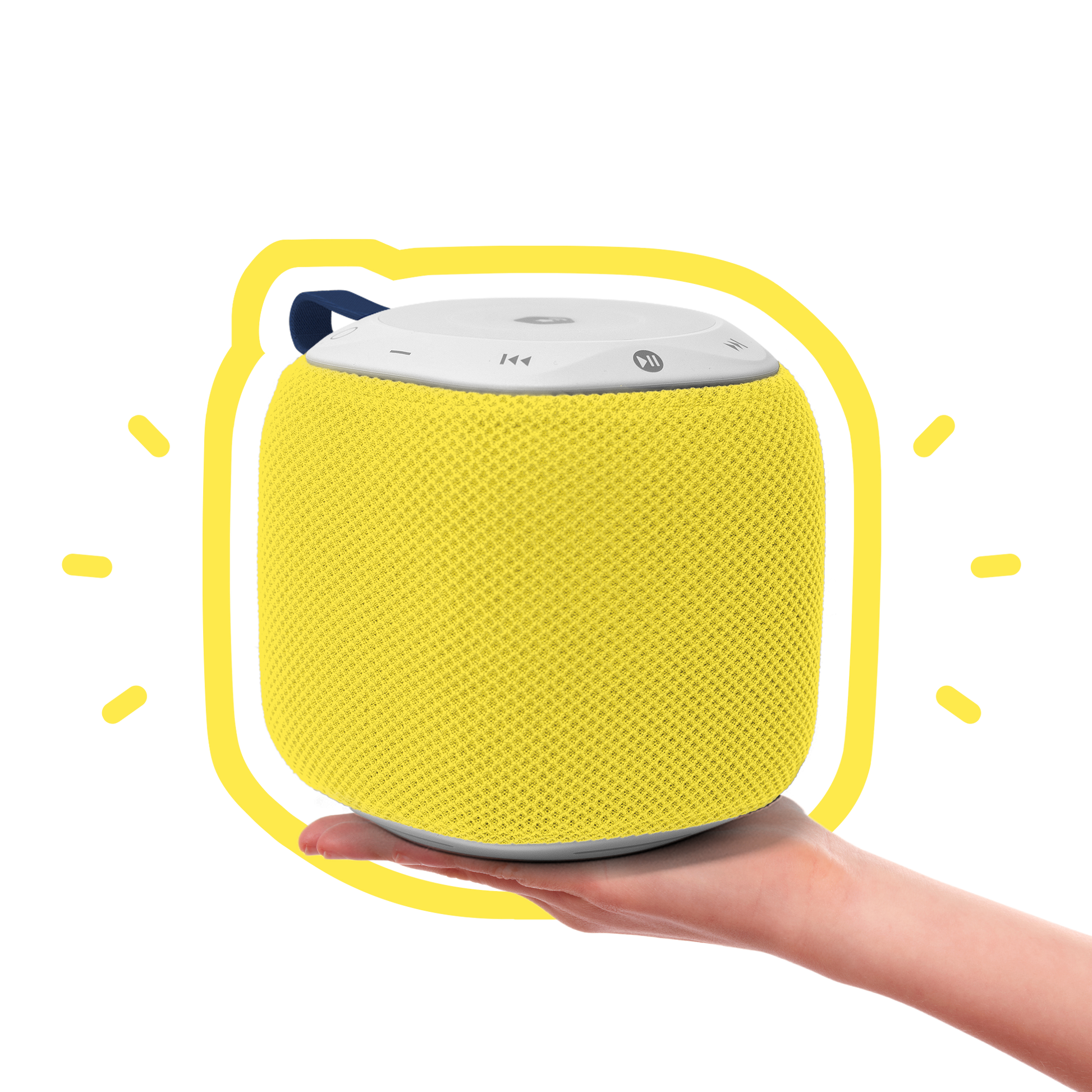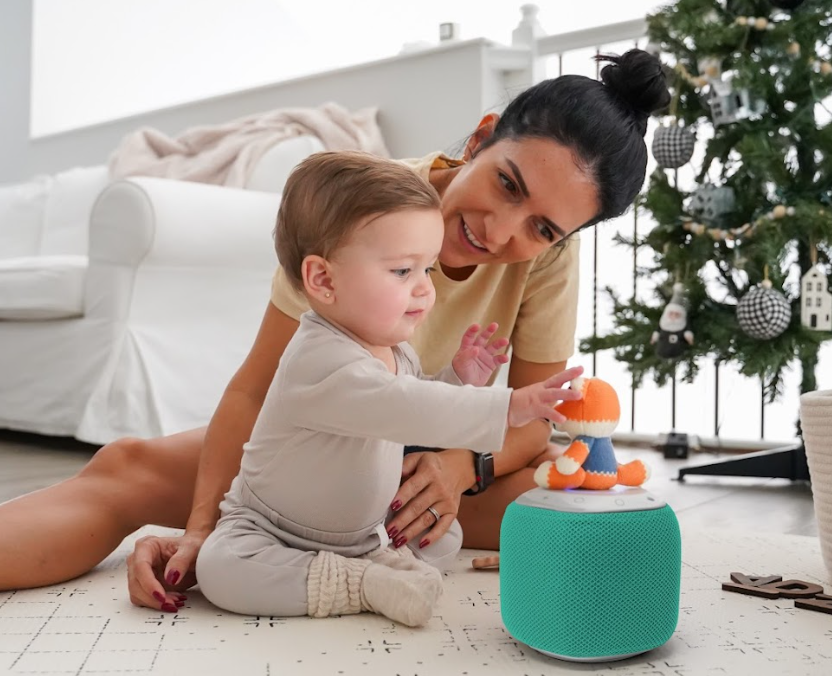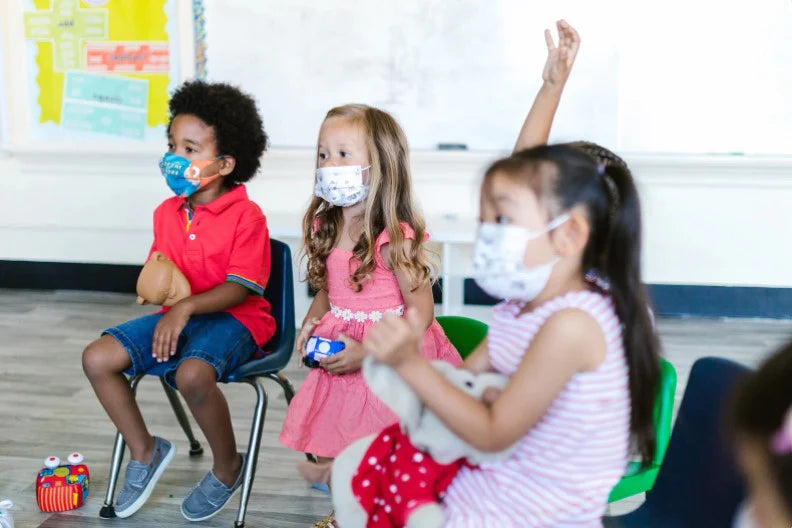While developmentally-conscious parents institute storytime as a vital part of their household ritual, primary classrooms fill their schedules with “rhyme time” and daily songs. Any parent or teacher can tell you how much children love to listen to stories, songs, and rhymes. While these activities are fun and certainly capture our children’s attention, research shows that listening is more than an engaging activity; it’s an essential part of learning how to read.
Listening Builds Language Skills
Children’s early language development is strongly linked to their proficiency as readers later in life. Studies show that children with strong language skills have a better likelihood of having success with reading and writing as they mature. A longitudinal study conducted by the Society of Research and Child Development demonstrated that vocabulary, grammar, verbal working memory, and inference skills were strong predictors of future reading comprehension and decoding.
On the other hand, students that struggle with language are more likely to struggle with literacy. In a study published by the American Speech-Language-Hearing Association students with speech-language impairments were identified and analyzed for their language skills in kindergarten, and then later administered reading tests in the 1st and 2nd grades. The students with speech-language impairments were found to score lower on reading tests than their nonimpaired peers.
Listening has the added value of exposing children to more advanced vocabulary long before they would be able to read it. Because language comprehension comes before reading comprehension, listening to stories exposes children to vocabulary that they wouldn’t come across at their current reading level. Being exposed to new vocabulary early and regularly increases the chance that the child will be able to decode the word in the future, when the time comes. Often, reading can involve a level of inferencing, in which children sound out the beginning of a word and then fill in the rest based on the context of the story and their arsenal of words. The more familiar a child is with hearing a word, the easier they will be able to recognize it later in a text.
Listening Builds Phonological Awareness
Phonological awareness, a vital part of decoding, is the ability to hear and manipulate individual sounds in a word. For instance, when a child hears the word “dog,” phonological awareness allows them to hear and isolate the d-sound, o-sound, and g-sound that make up the word. Later, as they learn their letter sounds, they will be able to assign the proper letter or letter combo to each sound in the word. Phonological awareness also includes the ability to take that d-sound and replace it with an f-sound, creating the word “fog”. The manipulation of sounds is also an essential part of decoding.
Research shows that children who struggle with phonological awareness also tend to struggle with reading and writing. A 2021 study published by the International Journal of Environmental Research and Public Health took a sample of 689 primary school students and tested them for reading proficiency and phonological abilities. 13.7% of the students tested were found to have reading difficulties. These same children also earned low scores on their phonological awareness tests.
Young children build phonemic awareness when they are listening carefully and having fun with words. For example, reciting rhymes is a great way to build this skill because it makes them aware of sound patterns. The same goes for alliteration, like the b-sounds in “Baa, Baa Blacksheep.” If they can hear sound patterns and recreate them, it’s a good sign.
Singing songs is another great way to build this skill because it focuses on the task of listening. A 2011 study published by Frontiers in Psychology took 41 preschoolers, measured their phonological awareness skills, and assigned them at random to several enrichment programs. Those preschoolers who participated in a daily music program for 10 minutes a day over a period of 20 weeks, showed marked increases in phonological skills in comparison to their peers in other enrichment groups. The more children exercise the muscle of listening through engaging exercises, the more likely they will use the same tools when it comes time for decoding and spelling.
Listening Comprehension Leads to Reading Comprehension
Learning to read can be tough in the beginning. Limited skills can only take you so far in story complexity, and children have to work really hard to extract meaning from each word. Listening, a more readily available skill, is often simply more engaging in the beginning stages of literacy. Listening to stories gets to the why of reading. It’s the hook. It shows children the reward you get for being able to decode a text. Listening to engaging content can be a great motivator to read and makes children eager to learn the process. Exposing them to the magic of stories through listening is an integral part of achieving reading fluency.
When a child can listen to a story without interruption, their minds are free to concentrate on the meaning behind the words. Their brains have the opportunity to grasp abstract ideas. The moral of the story becomes apparent. Relationships between characters reveal themselves. Research from the Journal of Language and Speech Pathology shows that even before they have mastered decoding skills, children can still develop their language and comprehension skills through listening.
Listening Builds Print Awareness
Print awareness is one of the foundations of early literacy. It is the understanding that pages contain words that are read from top to bottom and from left to right. It also includes the understanding that the symbols on the page represent sounds and that those sounds come together to make words that have meaning. Print awareness is achieved through exposure to books and regular demonstrations on how they work. As a child listens to a story and follows along on the page, they are building an understanding of words and letters. They see that there are spaces between words, and that some words are long while others are short. They will notice that the words that their parent or teacher is reading matches with the illustrations on the page. Gradually, they come to understand that all of these components, together, build a story. Children between the ages of 3-5 rapidly build print awareness when they listen to stories while following along in the book. Pointing to the words as you read them is especially beneficial.
Conclusion
Reading is a vital life skill that parents want to encourage early. While many may press their young children to learn their letters or recognize sight words at the beginning of their reading journey, research shows that they would do well to concentrate on the skill of listening. Not only does listening readily engage children’s imaginations through stories and songs, it also strengthens numerous foundations of literacy such as language skills, phonological awareness, reading comprehension, and print awareness.




